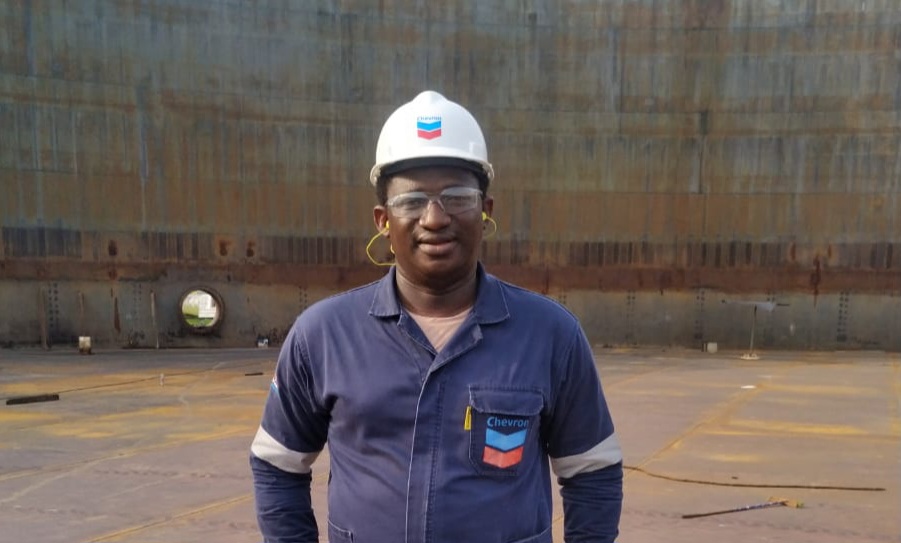 Nigeria, Africa’s largest oil producer, faces a critical challenge in managing its vast pipeline network. With over 5,000 kilometers of pipelines transporting crude oil, refined products, and gas, these lifelines of the nation’s economy have become targets of frequent vandalism and theft.
Nigeria, Africa’s largest oil producer, faces a critical challenge in managing its vast pipeline network. With over 5,000 kilometers of pipelines transporting crude oil, refined products, and gas, these lifelines of the nation’s economy have become targets of frequent vandalism and theft.
Combined with poor maintenance practices and ageing infrastructure, the pipeline network is crumbling under the weight of neglect and misuse, costing the country billions of naira annually and causing environmental devastation. To address these issues, experts like Engineer Oladipo Odujobi stress the urgent need for innovative protection, maintenance, and surveillance technologies.
Pipeline vandalism has been a persistent problem, with incidents increasing in frequency and sophistication. The Nigerian National Petroleum Corporation (NNPC) reported that over 60% of crude oil losses in 2022 were attributable to vandalism and illegal tapping. This criminal activity not only disrupts oil production but also results in extensive environmental damage, as spills from ruptured pipelines contaminate farmlands, water bodies, and communities. The economic losses are staggering, with the NNPC estimating that Nigeria loses approximately 400,000 barrels of crude oil daily to theft, amounting to billions in lost revenue.
In addition to vandalism, the pipeline network suffers from ageing infrastructure and inadequate maintenance. Many of Nigeria’s pipelines were constructed decades ago and have exceeded their operational lifespan. Corrosion, wear and tear, and inadequate repairs have rendered much of the network unsafe and inefficient. Turnaround Maintenance (TAM), which should be conducted periodically, has often been delayed or poorly executed, further exacerbating the problem. The result is a pipeline system that is prone to failures, leaks, and explosions, posing risks to lives, property, and the environment.
Engineer Oladipo Odujobi, a certified expert with over 16 years of experience in pipeline coatings and maintenance, highlights the critical need for advanced protective measures to combat these challenges. According to Odujobi, corrosion is one of the leading causes of pipeline degradation and failures. “Corrosion accelerates the decay of pipelines, making them more vulnerable to leaks and ruptures. Advanced protective systems such as fusion-bonded epoxy (FBE) coatings, glass-reinforced epoxy (GRE) coatings, and flame spray polypropylene (FSPP) can significantly enhance the durability of pipelines, especially in harsh environments,” he explains.
Odujobi also stresses the importance of adopting predictive maintenance technologies to prevent failures before they occur. “Using AI-driven monitoring systems, we can track pipeline health in real-time, detect early signs of corrosion, and identify potential weak points. This proactive approach minimizes downtime, reduces repair costs, and enhances overall safety,” he adds.
New technologies in pipeline protection and surveillance are also proving effective in combating vandalism. Drones equipped with high-resolution cameras and infrared sensors can monitor pipeline corridors, detect unauthorized activities, and provide rapid response capabilities. Ground-based sensors and fiber-optic systems embedded along pipelines can detect vibrations, leaks, or tampering, enabling swift intervention. Combined with community engagement and public awareness campaigns, these measures can help curb vandalism and protect critical infrastructure.
To address the decaying pipeline network and vandalism crisis, Odujobi recommends a multi-faceted strategy involving both government and private sector participation. The federal government must prioritize the repair and replacement of aging pipelines while enforcing stricter penalties for vandalism and theft. Public-private partnerships should be encouraged to fund modernization efforts, with incentives such as tax breaks and duty-free importation of advanced equipment. Additionally, establishing a transparent regulatory framework can attract foreign investors and ensure accountability in pipeline management.
Community involvement is another essential aspect of pipeline protection. By engaging local communities in surveillance efforts and providing alternative livelihoods, the government can foster a sense of ownership and reduce incidents of sabotage. Awareness campaigns highlighting the environmental and economic consequences of pipeline vandalism can further discourage such activities.
The prospects for revitalizing Nigeria’s pipeline network lie in adopting innovative technologies, fostering collaboration, and prioritizing proactive maintenance. With the right investments and policy frameworks, Nigeria can protect its pipeline infrastructure, enhance its energy security, and minimize environmental and economic losses. As Odujobi aptly concludes, “Our pipelines are the arteries of the nation’s economy. Protecting and maintaining them is not just an operational necessity but a national imperative for sustainable development.”






